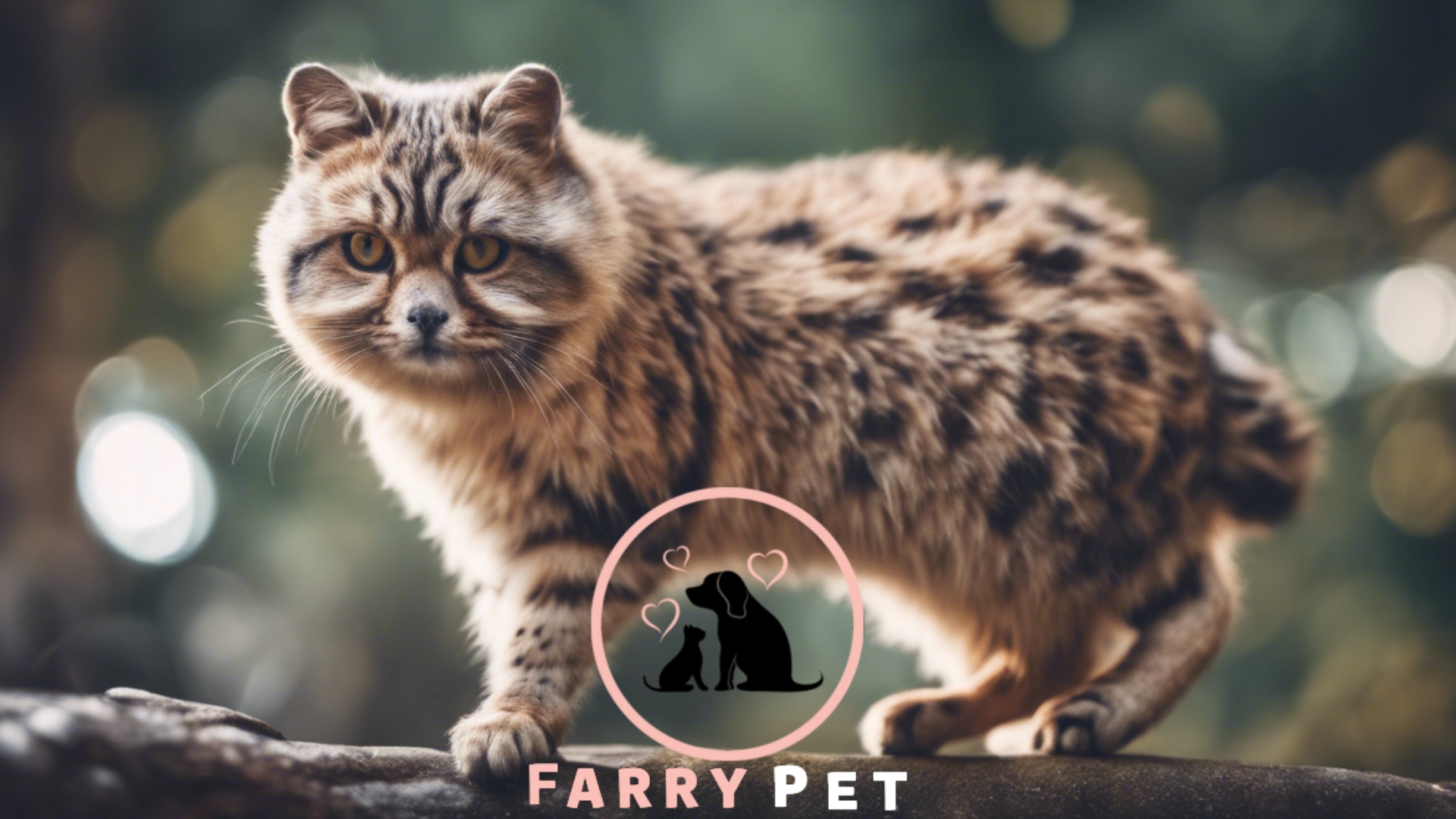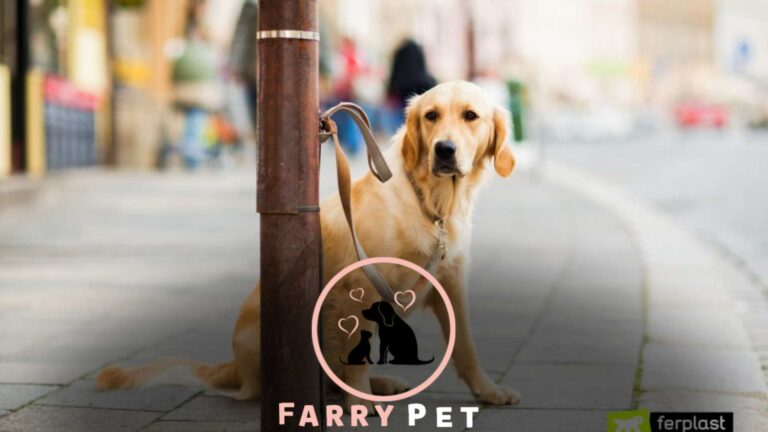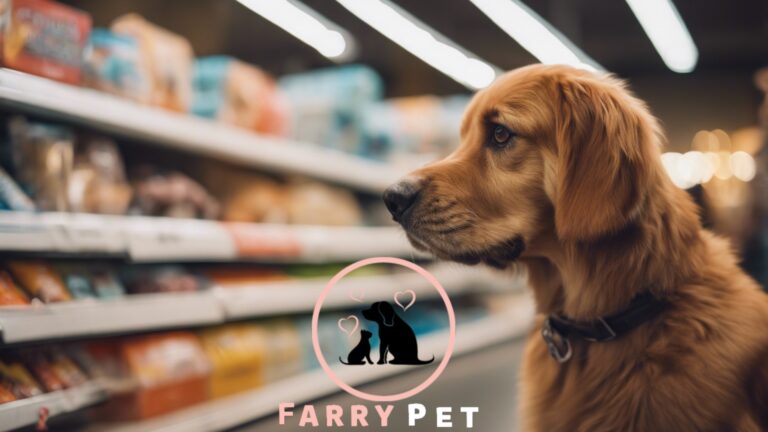
The best way to use animal fat is for cooking and baking. It imparts rich flavor and can help achieve the perfect crispness in dishes.
Animal fats, such as lard, tallow, and schmaltz, have been integral to traditional cooking for centuries. These fats are gaining recognition again for their unique qualities in the kitchen.
They are high in beneficial fatty acids and vitamins, making them a nutritious choice for high-heat cooking methods like frying and sautéing.
Chefs and home cooks prize animal fats for their ability to carry flavors and contribute to the texture of various dishes. Many also embrace these fats as sustainable options, utilizing the whole animal and reducing waste.
When stored correctly, animal fats can last a considerable time, making them a staple in gourmet and everyday cooking.
Exploring the culinary use of animal fats opens up a realm of rich tastes and heritage recipes, highlighting their versatility and enduring appeal in modern kitchens.
Unlocking the Potential of Animal Fat
Unlocking the Potential of Animal Fat is not only about rediscovery; it’s a journey toward sustainability and health. Animal fat holds a treasure trove of culinary and health benefits, forgotten but not lost.
It’s time to explore how we can integrate these traditional fats into our kitchens and lives.
Rediscovering Traditional Uses
Our ancestors knew the value of animal fat. Let’s bring that wisdom back. Here’s how:
- Cooking: Sauté, fry, and bake with pork lard or beef tallow. They add rich flavor.
- Preservation: Submerge meats in fat to create a long-lasting larder.
- Skincare: Use clean, filtered animal fats to make soothing balms and creams.
- Crafts: Meltdown fats for candle making or to produce natural, simple soaps.
- Seasoning: Condition cast iron cookware with a layer of fat for a non-stick surface.
Nutritional Profile Benefits
Animal fats offer unique benefits worth considering:
| Fat Type | Main Nutrients | Health Benefits |
| Beef Tallow | Vitamin E, Conjugated Linoleic Acid | Supports immune function and skin health |
| Pork Lard | Vitamin D, Monounsaturated Fats | Improves cholesterol, aids bone health |
| Duck Fat | Linoleic Acid, Oleic Acid | Boosts metabolism, heart-friendly |
Cooking With Animal Fat
Animal fat, a treasure trove of flavors, contributes to the richness of culinary arts. Mastering animal fat in cooking can transform simple meals into gourmet experiences.
From lard to tallow, these fats offer a spectrum of tastes and high smoking points, making them versatile allies in the kitchen.
Flavor Enhancement Techniques
- Basting: Spoon molten fat over meats to imbue juiciness and taste.
- Roasting vegetables: Coat root vegetables in duck fat for a golden, caramelized edge.
- Pastry: Cut chilled lard into flour for flaky, rich crusts.
These methods leverage animal fat’s unique flavors to elevate dishes beyond the ordinary.
High-heat Cooking Advantages
| Aspect | Benefits |
|---|---|
| Smoking Point | Holds up well, perfect for frying and sautéeing. |
| Texture | Yields a crispy finish on meats and veggies. |
| Heat Distribution | Ensures even cooking temperatures. |
Utilize these advantages to sear, grill, and fry dishes to perfection. Remember, a small amount goes a long way in enhancing the inherent flavors of your ingredients.
Animal Fat in Baking
Think of classic, mouthwatering baked goods. Often, animal fat is the secret behind those delicious flavors. From pies to pastries, animal fat like lard or tallow can make all the difference. Why? It’s about texture, taste, and tradition.
Achieving Flakier Pastries
Animal fat creates magic in pastries. Unlike other fats, it has a unique ability to form layers in dough. This is what makes pastries super flaky. So, what’s the trick? The fat stays solid at room temperature.
This keeps layers separate as you bake. Goodbye toughness, hello tender, flaky goodness!
Here’s a list of pastries where animal fat does wonders:
- Pie crusts: More crunch in every bite.
- Quiches: Light and airy texture.
- Croissants: Extra layer of flakiness.
Substituting Butter and Oils
Replacing butter with animal fat is simple. It’s all about ratio. Typically, use the same amount of animal fat as you would butter.
This swap boosts flavor and maintains a moist, rich texture in cakes and cookies.
Consider this table for common substitutions:
| If Recipe Calls For: | Use This Amount of Animal Fat: | |
| 1 cup butter | 1 cup lard/tallow | |
| 1 cup oil | Just under 1 cup lard/tallow |
Remember, different fats offer different flavors. They can transform your baked goods. Experimenting with animal fats can open up a new world of baking possibilities.
Non-culinary Applications
When we think of animal fat, our minds often jump to cooking. But this natural ingredient has many uses beyond the kitchen. From skincare to crafting, animal fat can become an eco-friendly star.
Let’s explore some surprising ways to use animal fat without a frying pan.
Natural Skincare Solutions
Animal fats are great for your skin. They are packed with nutrients. Your skin can absorb them easily. Here is why they work so well:
- Rich in vitamins: They have vitamins A, D, and E.
- Moisturizing: They can keep skin soft.
- Similar to human fats: They blend well with our skin.
Make your own balms and lotions. Melt the fat. Mix it with essential oils. Suddenly, you have an all-natural moisturizer. It’s that simple.
Creating Homemade Candles
Did you know animal fats can light up your home? Yes, they can! Here’s how:
- Gather some clean animal fat. Beef or pork fat works well.
- Melt it down slowly.
- Prepare wicks in jars or molds.
- Pour the melted fat around the wick. Be careful.
- Let it cool and harden. Now you have a candle.
These homemade candles burn cleanly. They are much cheaper than store-bought ones. Make your living space cozy with these DIY candles.
Sustainable Practices
Embracing sustainable practices when using animal fat can have a significant environmental impact. Below, explore how supporting local farming and reducing waste can contribute to a greener planet.
Supporting Local Farming
Buying animal fat locally does multiple things at once:
- It boosts the local economy.
- It ensures fresher, higher-quality products.
- It reduces carbon footprints as products travel shorter distances.
You back farmers who practice sustainable agriculture by choosing local animal fat sources. These farms often use rotational grazing and other better methods for the land.
Reducing Waste Through Use
Every bit of an animal product should be used. Here’s how you can help:
| Product | Use |
|---|---|
| Beef Tallow | Cooking, soap-making, skin moisturizers |
| Pork Lard | Baking, frying, preserving |
| Chicken Fat | Soups, broths, sautés |
By finding uses for every type of animal fat, nothing goes to waste. This practice is key to sustainable living. It mirrors nature’s cycle, where every resource has a place and purpose.
Challenges and Considerations
Exploring the best way to use animal fat is not without its challenges. Thoughtful consideration must guide the process. Here, we delve into two critical aspects: health implications and ethical sourcing.
Health Implications to Consider
Animal fats can be rich in nutrients, but knowing their impact on health is essential. Key considerations include:
- Saturated fat content: A diet high in saturated fats may raise cholesterol levels.
- Balance with other fats: Integrating unsaturated fats from plants can create a healthier balance.
- Source quality: Fats from grass-fed animals often have a better nutrient profile.
Moderation and variety are vital in consuming animal fats for optimal health outcomes.
Ethical Sourcing of Animal Fat
Ethical sourcing of animal fat is paramount. Consider these factors:
- Animal welfare: Choose fats from animals raised humanely.
- Sustainable farming practices: Farms should prioritize the environment and animal health.
- Local sourcing: Local farms reduce transportation emissions and support communities.
Selecting ethically sourced animal fat is a responsibility for both health and conscience.

Frequently Asked Questions
What Can I Do With Animal Fat?
Animal fat can be used for cooking oils, in soap making, as a lubricant, for candle production, and even as a biodiesel fuel component. It’s also common in traditional skin moisturizers.
What Can Meat Fat Be Used for?
Meat fat can be rendered into lard or tallow for cooking. It’s also used in soap making and for creating biofuels like biodiesel.
What is Animal Fat Commonly Used for?
Animal fat is commonly used in cooking, soap making, and industrial lubricants. It also serves as an ingredient in some cosmetics and pharmaceuticals.
Is It Good to Use Animal Fat for Cooking?
Using animal fat for cooking can add flavor and aid in high-heat methods, but consider the saturated fat content and its impact on heart health.
What is Animal Fat Used for?
Animal fat can be utilized for cooking, making soap, creating candles, and as a natural moisturizer.
Conclusion
Exploring the versatility of animal fat can transform your culinary skills. Whether rendering it for flaky pastries or enriching savory dishes, its diverse uses are undeniable.
As a sustainable cooking ingredient, it offers rich flavors and zero waste. Embrace this traditional fat for a kitchen revolution that also honors our environment.
Discover its potential and let your taste buds indulge.






